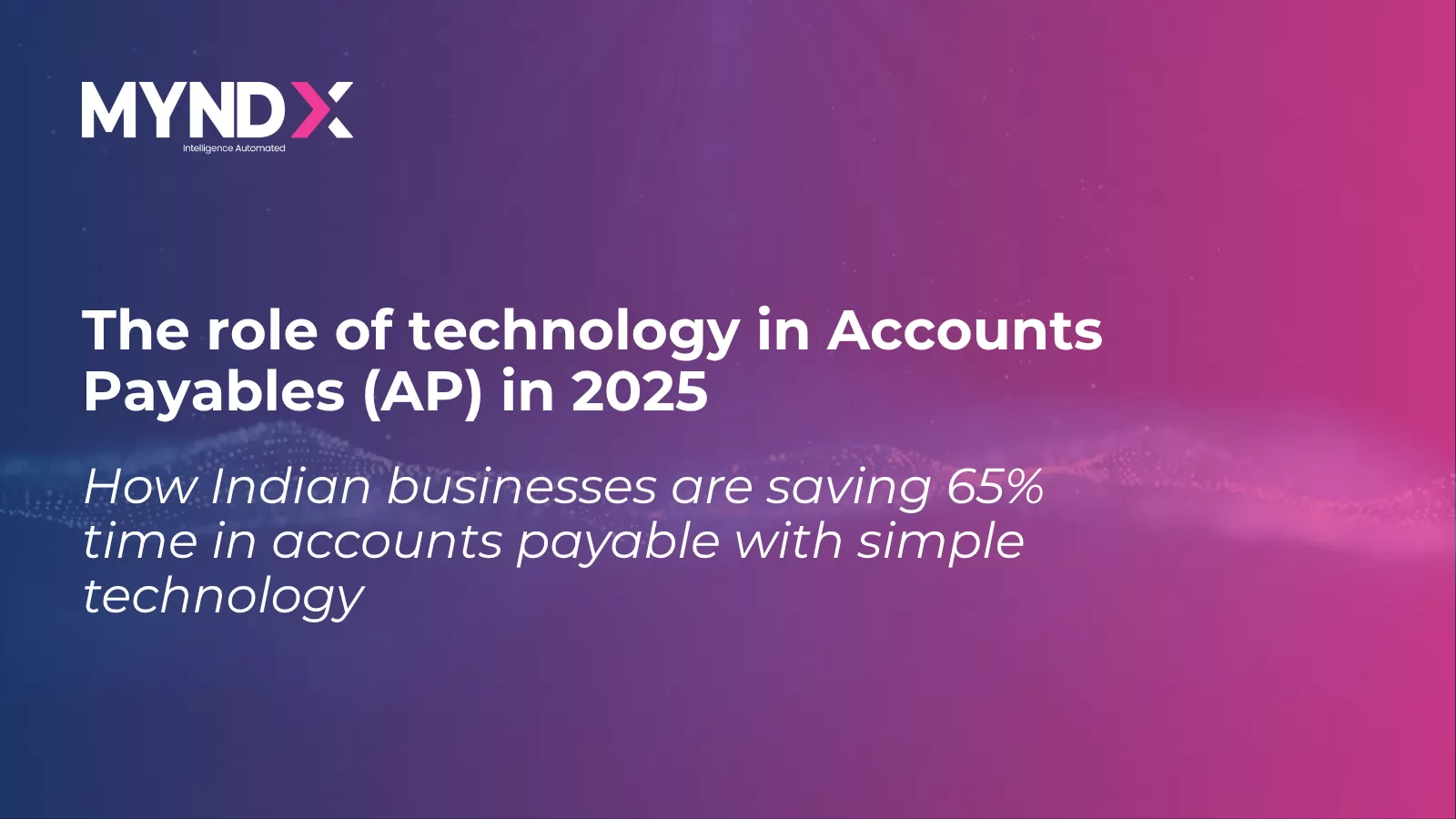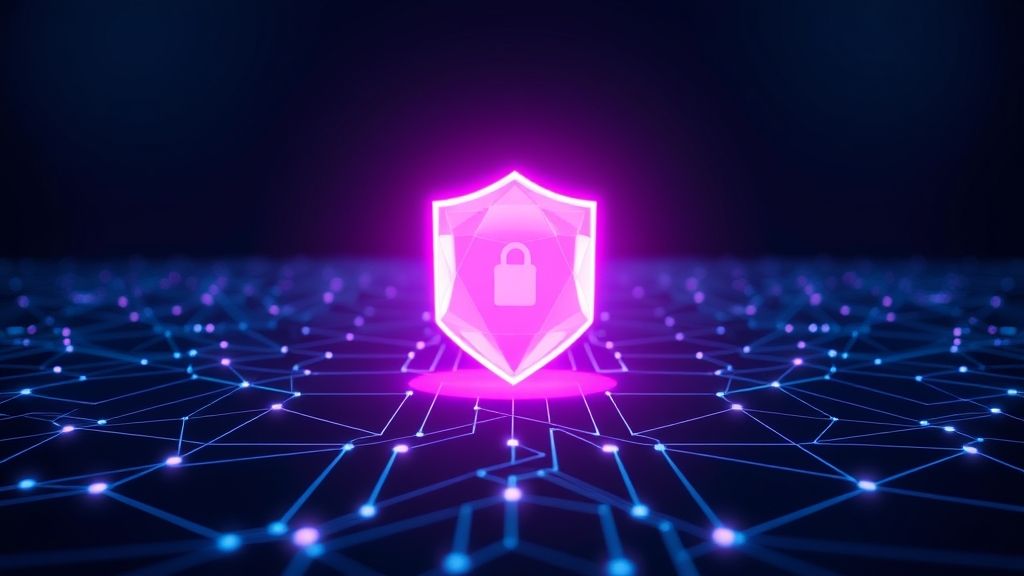Every business, regardless of its size or industry, buys things. It could be as simple as ordering new office stationery or as complex as sourcing critical raw materials for manufacturing. This fundamental activity of buying and paying for goods and services is governed by a critical business function: the Procure-to-Pay cycle. While the name might sound technical, the concept is central to a company’s financial health and operational efficiency.
A poorly managed procurement process can lead to uncontrolled spending, delayed payments, and strained relationships with suppliers. On the other hand, a well-structured and optimised Procure to Pay process flow provides clear visibility into company-wide spending, strengthens financial controls, and ultimately saves money. This guide is designed to walk you through each step of this vital cycle. We will break down the complexities, highlight common challenges, and explore how modern technology solutions can transform this process from a simple back-office task into a strategic advantage for your business.
What is the Procure-to-Pay (P2P) Cycle?
The Procure-to-Pay (P2P) cycle, also known as the purchase-to-pay cycle, is the complete, end-to-end process of obtaining and paying for goods and services. It begins the moment a need is identified within the organization and ends only when the vendor for those goods or services has been paid in full. It involves multiple departments, including the requesting department, procurement, receiving, and accounts payable (AP).
Think of it as the complete journey of an expense. A streamlined Procure to Pay process flow ensures that every purchase is necessary, authorised, competitively priced, and correctly accounted for. Let’s dive into the step-by-step breakdown of this journey.
The 8 Key Steps of the Procure-to-Pay Process Flow
While the specifics can vary between companies, the P2P cycle generally follows a standard set of steps. Understanding each one is the first step toward optimising the entire system.
Step 1: Purchase Requisition – Identifying the Need
What it is: This is the starting point. An employee or a department identifies a need for a product or service and creates a formal request, known as a purchase requisition. This document details what is needed, the quantity, the estimated cost, and the reason for the purchase.
Common Challenges: In a manual system, this often involves paper forms or unstructured emails. These can easily get lost, lack necessary information, or be difficult to track. There is no easy way to check if the requested item is already in stock or if the request aligns with the department’s budget.
The Technology Solution: Modern procurement systems provide digital requisition forms. These forms can be standardised to ensure all required information is captured. The system can automatically check inventory levels and validate the request against pre-set departmental budgets in real-time, preventing out-of-policy spending before it even starts.
- Example: The marketing team needs a subscription to a new analytics software. Instead of sending an email to their manager, they fill out a digital form in the company’s procurement portal, which already contains the vendor details and subscription tiers.
Step 2: Requisition Approval – The Gatekeeper
What it is: Once the requisition is submitted, it must be approved. This typically involves a workflow where the request is routed to the relevant manager or department head for review. The approver verifies the need, checks it against their budget, and either approves, rejects, or asks for more information.
Common Challenges: Chasing approvals is a common bottleneck. Managers are often busy and may not see an email request for days. If multiple levels of approval are needed, the process can stall, delaying critical purchases.
The Technology Solution: Automated approval workflows are a cornerstone of P2P solutions. The system automatically routes the requisition to the correct approver based on pre-defined rules (e.g., based on department, request value, or category). Approvers receive notifications on their desktop or mobile devices and can approve with a single click. The entire process is transparent and trackable.
Step 3: Vendor Selection and Purchase Order (PO) Creation
What it is: After approval, the procurement team typically steps in. They may select a vendor from an approved list or source new quotes for high-value items. Once a vendor is chosen, a formal Purchase Order (PO) is created. The PO is a legally binding document that specifies the details of the purchase, including item descriptions, quantities, prices, delivery terms, and the PO number.
Common Challenges: Manually creating POs can lead to errors like incorrect pricing or item numbers. Without a centralized vendor database, employees might choose non-preferred suppliers, missing out on negotiated discounts.
The Technology Solution: A P2P system can automatically convert an approved requisition into a PO, pulling information directly from the request and the master vendor data to minimise errors. This ensures consistency and accuracy. The system can also guide users to select from a catalogue of preferred vendors, ensuring compliance with procurement policies.
Step 4: PO Dispatch to the Vendor
What it is: The created PO is sent to the vendor as the official order for the goods or services.
Common Challenges: Manually sending POs via email or post can be slow and lacks a clear audit trail. Did the vendor receive it? Have they acknowledged it? Confirming this often requires follow-up calls or emails.
The Technology Solution: Integrated systems can dispatch POs to vendors electronically through a supplier portal or via automated email. The system can then track when the vendor has received and acknowledged the PO, providing a clear status update to the procurement team.
Step 5: Goods Receipt and Inspection
What it is: When the goods arrive or the service is completed, the receiving department or the original requestor confirms what was received. They check the items against the PO to ensure the quantity and quality are correct. This confirmation is often documented in a Goods Receipt Note (GRN).
Common Challenges: Paper-based GRNs can be misplaced, leading to delays in confirming receipt. This creates a problem for the accounts payable team, as they cannot process an invoice without confirmation that the goods were actually delivered.
The Technology Solution: A P2P platform allows for digital goods receipt. The receiving team can simply pull up the PO on a computer or a mobile device, enter the quantity received, and note any discrepancies. This information is instantly available to the AP team.
- Example: The IT department receives a shipment of 10 new laptops. The inventory manager scans the PO number from the packing slip, confirms all 10 laptops have arrived in good condition, and marks the PO as “fully received” in the system.
Step 6: Invoice Processing and 3-Way Matching
What it is: The vendor sends an invoice for the delivered goods or services. The AP team’s job is to verify this invoice. The gold standard for verification is the “3-way match,” where the details on the vendor invoice are compared against the Purchase Order and the Goods Receipt Note.
- Does the Invoice match the PO in terms of price and terms?
- Does the Invoice match the GRN in terms of quantity received?
Common Challenges: This is one of the most time-consuming and error-prone stages in a manual Procure to Pay process flow. It involves physically matching paper documents, and any discrepancy requires a lengthy investigation, delaying payment and potentially damaging vendor relationships.
The Technology Solution: This is where automation delivers significant value. An automated AP system can perform the 3-way match electronically in seconds. If all three documents align, the invoice is automatically approved for payment. If there’s a mismatch, the system flags the exception and routes it to the appropriate person for resolution, providing all the necessary documents in one place.
Step 7: Invoice Approval and Payment
What it is: Once the invoice is verified and matched, it is approved and scheduled for payment according to the agreed-upon terms (e.g., Net 30, Net 60). The finance team then processes the payment through the company’s banking system.
Common Challenges: Manual payment processes can be inefficient and risky. There’s a chance of duplicate payments or missing early payment discount opportunities. Tracking the status of a payment can be difficult for both internal teams and vendors.
The Technology Solution: A P2P solution integrates with accounting systems (ERPs) to streamline the payment process. Approved invoices are automatically queued for payment. The system provides clear visibility into payment schedules, helping the company manage cash flow effectively and capture valuable early payment discounts.
Step 8: Reporting and Analytics
What it is: The final step is to analyse the data generated throughout the P2P cycle. This involves reviewing spending patterns, vendor performance, process efficiency, and budget adherence.
Common Challenges: With manual or disconnected systems, gathering data for analysis is a massive effort. It’s nearly impossible to get a real-time, consolidated view of company spending.
The Technology Solution: A centralised P2P platform acts as a single source of truth. It provides powerful dashboards and reporting tools that allow decision-makers to track key performance indicators (KPIs) in real-time. This data-driven insight helps in negotiating better deals with vendors, optimising budgets, and identifying further opportunities for process improvement.
The Business Impact of an Optimised P2P Cycle
Moving from a manual, fragmented approach to an integrated, technology-driven Procure to Pay process flow does more than just speed things up. It delivers tangible business benefits:
- Greater Cost Control and Savings: By enforcing budget checks, directing spend to preferred vendors, and eliminating maverick buying, companies gain complete control over their expenditures.
- Increased Operational Efficiency: Automation eliminates repetitive manual tasks, freeing up your procurement and finance teams to focus on more strategic activities like vendor negotiation and financial analysis.
- Enhanced Visibility and Transparency: With a digital audit trail for every transaction, you know the status of every requisition, PO, and invoice at all times. This is crucial for financial audits and compliance.
- Stronger Supplier Relationships: A smooth and efficient process means vendors are paid accurately and on time. This builds trust and can lead to better pricing and service in the long run.
Conclusion: From a Cost Centre to a Value Driver
The Procure-to-Pay cycle is the backbone of your company’s spending. When managed effectively, it ensures that every rupee spent is visible, controlled, and adds value to the business. The journey from a manual, paper-based system to a streamlined, automated Procure to Pay process flow is a transformational one.
By leveraging the right technology, you can replace tedious administrative work with intelligent workflows, gain deep insights from your spending data, and empower your teams to make smarter financial decisions. It’s about turning a necessary business function into a powerful tool for growth and efficiency.
Ready to explore how technology can streamline your unique Procure-to-Pay challenges? Connect with our experts for a conversation about the opportunities to enhance your procurement and finance operations.














